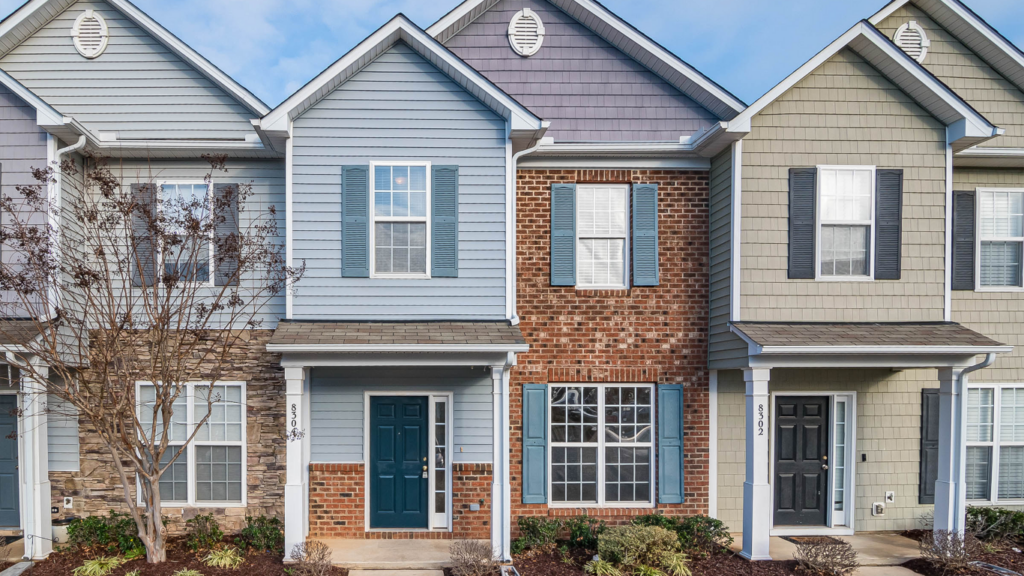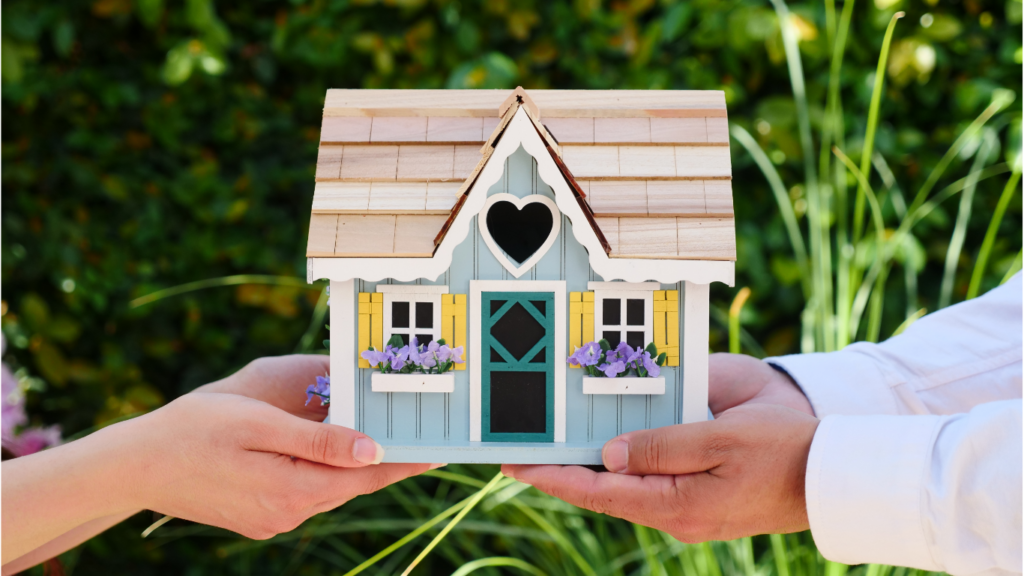Understanding the Downsizing Trend
The trend of downsizing isn’t just a modern phenomenon. It has roots in historical shifts and has evolved due to contemporary factors.
History of Downsizing
Downsizing began to gain traction during economic downturns. For example, during the Great Depression and post-World War II, financial constraints pushed many families to opt for smaller homes. The idea then shifted into a cultural movement, with minimalism emerging in the late 20th century. According to a study by the National Association of Realtors, home sizes started gradually decreasing in the 1990s, reflecting growing economic caution and changing lifestyle preferences.
Modern Influence on Smaller Homes
In recent years, urbanization and environmental awareness have driven the downsizing trend. High real estate prices in cities make smaller homes a necessity for many, not just a choice. Millennials and Gen Z are prioritizing experiences over possessions, as noted by the Pew Research Center. Smart home technology also makes living in smaller spaces more efficient and appealing. Energy-efficient designs and sustainable materials are becoming common, aligning with the broader trend of eco-conscious living.
Benefits of Smaller Homes
Smaller homes offer numerous advantages that cater to modern living trends. These benefits cover financial, environmental, and lifestyle factors, appealing to a broad audience.
Financial Advantages
Smaller homes often come with reduced costs, making them more affordable. Lower purchase prices, decreased utility bills, and reduced maintenance expenses contribute to significant savings. For instance, according to the U.S. Department of Energy, heating and cooling costs drop by up to 25% in smaller homes compared to larger ones. This financial relief allows homeowners to allocate funds towards other priorities, such as travel and investments.
Environmental Impact
Smaller homes promote eco-friendly living. They require fewer resources for construction and upkeep, leading to a smaller carbon footprint. Using sustainable materials and energy-efficient designs furthers environmental benefits. For example, tiny homes typically consume about 7% of the energy that an average home uses, based on research by the National Renewable Energy Laboratory. This reduced environmental impact aligns with the shift towards sustainable living practices, making smaller homes an appealing choice for eco-conscious individuals.
Lifestyle Simplicity
Living in a smaller home encourages a simpler lifestyle. With limited space, clutter is minimized, and homeowners focus on essential possessions. This shift promotes mental clarity and reduces stress. Marie Kondo’s organizing techniques exemplify how less space can lead to a more fulfilling life by prioritizing joy and efficiency. Smaller homes also foster stronger connections among family members due to the confined living space, enhancing communication and relationships.
Design and Layout Considerations

Smaller homes require thoughtful design and layout. Efficient space utilization becomes a crucial element in maintaining comfort and functionality.
Maximizing Small Spaces
Strategic planning enhances every square foot of a smaller home. Open floor plans create an illusion of space by removing unnecessary walls. Vertical space utilization, such as tall bookshelves, helps in maintaining a clutter-free environment. Incorporating natural light through large windows makes rooms feel larger and more inviting.
Innovative Storage Solutions
Storage solutions play a vital role in smaller homes. Built-in cabinets and under-stair storage optimize space without compromising on style. Using multipurpose storage items, like ottomans with hidden compartments, ensures that every piece of furniture serves a dual purpose. Floating shelves and wall-mounted racks make efficient use of wall space, reducing floor clutter.
Multifunctional Furniture
Multifunctional furniture offers significant benefits in smaller homes. Sofa beds provide seating by day and a bed by night, allowing the same space to serve multiple functions. Foldable dining tables expand for family meals and contract to save space when not in use. Desks that convert into tables or murphy beds enhance the room’s versatility, making small living spaces more adaptable to various needs.
Challenges of Downsizing
Downsizing offers many benefits, yet it presents distinct challenges that require careful consideration.
- Space Limitations
Smaller homes often struggle with limited space, especially in urban areas. Fitting essential furniture and personal items can become a jigsaw puzzle in these compact spaces. For example, bulky furniture or excessive decor items can make rooms feel cramped. Strategies include using built-in storage solutions and multi-functional furniture to maximize available space.
- Emotional Attachments
Letting go of personal belongings can be emotionally taxing. Items often carry sentimental value, making it tough to decide what to keep and what to part with. For example, heirlooms, collections, and memorabilia often tie individuals to their larger living spaces. To manage this, I suggest adopting a systematic approach, such as keeping only the most meaningful items and digitizing memories like photographs.
- Resale Value
Smaller homes might face resale challenges compared to larger properties. Market demand varies, and fewer buyers may seek compact living spaces depending on the area. For example, families with children usually look for larger homes with multiple bedrooms and yards. To mitigate this risk, it’s crucial to invest in quality renovations that enhance the home’s appeal and functionality, making it more attractive to potential buyers.
Popular Downsizing Trends
The trend of downsizing encompasses various forms of living spaces. Each trend provides unique benefits for those looking to simplify their lives and live more sustainably.
Tiny Homes Movement
The tiny homes movement centers around living in small, mobile dwellings. These homes typically range from 100 to 400 square feet. Enthusiasts appreciate such:
- lower costs
- simplified lifestyle
- reduced environmental impact
Some popular models include tiny houses on wheels, which offer mobility and flexibility for those who love to travel. Popular TV shows and documentaries have brought more attention to this lifestyle, contributing to its growth.
Micro-Apartments
Micro-apartments are compact living spaces usually found in urban areas. These units often measure between 200 to 400 square feet. They appeal to young professionals and students seeking affordable housing near work or school. Developers maximize space using built-in furniture and convertible designs, making these apartments both functional and stylish. Cities like New York and San Francisco have seen a rise in micro-apartment developments to address housing shortages.
Prefabricated Small Homes
Prefabricated small homes are factory-built units assembled on-site. These homes often range from 500 to 1,200 square feet. They offer a cost-effective and time-efficient alternative to traditional construction. Prefabricated homes attract both individual buyers and developers looking for sustainable, scalable housing solutions. Companies like Plant Prefab and Method Homes lead the market with modern, eco-friendly designs. The construction process reduces waste and allows for greater customization.
By exploring these downsizing trends, individuals can find a housing solution that aligns with their financial, environmental, and lifestyle objectives.


 Ron Wilson has played a vital role in the establishment of Villa Estates Luxe, bringing his expertise in property management and investment strategies to the project. His guidance has been invaluable in developing comprehensive buying guides that empower potential villa owners to make informed decisions in a competitive market. Ron's in-depth knowledge of market dynamics has informed the platform's analysis and reporting, allowing users to navigate complex real estate trends with confidence. His commitment to excellence and dedication to educating clients have not only enhanced the platform’s credibility but have also established Villa Estates Luxe as a go-to source for industry insights and investment strategies in the luxury villa sector.
Ron Wilson has played a vital role in the establishment of Villa Estates Luxe, bringing his expertise in property management and investment strategies to the project. His guidance has been invaluable in developing comprehensive buying guides that empower potential villa owners to make informed decisions in a competitive market. Ron's in-depth knowledge of market dynamics has informed the platform's analysis and reporting, allowing users to navigate complex real estate trends with confidence. His commitment to excellence and dedication to educating clients have not only enhanced the platform’s credibility but have also established Villa Estates Luxe as a go-to source for industry insights and investment strategies in the luxury villa sector.